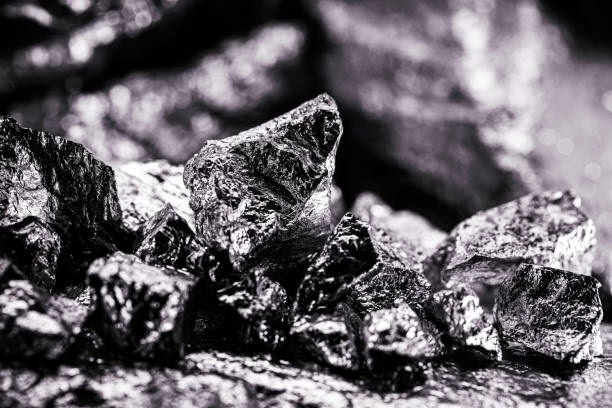South African PGM companies have been invited to help grow global demand for palladium by 1.7-million ounces each year.
The invitation was made by Russian producer Nornickel during the PGM Industry Day in Johannesburg. The company is targeting new global collaborations through its Centre for Palladium Technologies.
The Centre is opening a major international lab focused on new palladium technologies. It already holds 100 patents and has created 25 products.
The aim is to grow the number of projects to over 100 by 2030. This will increase annual palladium demand by 1.7-million ounces.
Also Read: Arc Minerals Acquires Chingola Copper Project in Zambia
New Uses for Palladium Could Spark Demand Surge
Centre head Dmitry Izotov said, “We aim to share expertise and collaborate with those who, like us, see palladium as a metal of the future.”
Palladium is showing potential in solar energy, hydrogen fuel, electronics, and OLED displays. Scientists say alloying palladium with other PGMs gives better results.
One example is using palladium in solar panels. It reduces light loss and increases efficiency by more than 2%.
Palladium also boosts hydrogen fuel cell performance and cuts costs by up to 25%.
OLED displays using palladium cost 50% to 70% less. They also increase the lifespan of blue OLEDs by 50%.
“PGMs are, in many cases, substitutes but more important is that they are also complementary,” said Izotov.
He added, “The results of thousands of experiments give us a confidence to state that PGM alloys, in the most cases, give better efficiency and lifetime results than individual PGMs on their own.”
He admitted recycling palladium alloys is harder. “We understand that recycling gets more complicated with alloying PGMs,” he said.
“That is why we’re working closely with the refiners to bring to the market, not only new palladium-based technologies, but also to teach people how to recycle in an easier and optimal way.”
Partnering to grow palladium use through tech and innovation
The Centre’s model is to partner with PGM product producers, build prototypes, test them, and issue licenses to manufacturers.
“Basically, what we do is we find the prospective project where palladium can give very clear competitive advantages,” Izotov said.
“Then we find the best scientific team who can make this project in the best quality in the shortest time.”
“We make the prototype. We arrange the wide industrial testing among the end-users, collect the feedback, improve the product, and then provide licences to the producers of the PGM materials.”
“This construction is of mutual benefit for everybody. Local producers can produce more on their capacities. We get more palladium demand. We drive the price and it’s a win-win model.”
“This approach requires the building of a very solid network of trusted partners, and that is a real big priority for us,” he said.
“It takes us nine months from the scope on the paper to successful lab testing,” Izotov told the PGM Day audience.
The Johannesburg visit was part of a global roadshow. The aim is to connect with African research institutions, tech startups, and manufacturers.
“We focus on identifying applications where palladium delivers a strong competitive edge, bringing together leading scientific teams to develop prototypes, conducting large-scale industrial trials, optimising the product, and transferring the technology to manufacturers,” said Izotov.
“This approach allows us to create more efficient materials and open up new markets for palladium applications.”
AI and automation are transforming operations. “At the outset in 2021, we had no AI solutions,” he said.
“By the end of 2024, computer vision algorithms operated 80% of our equipment.”
He added, “The operator doesn’t get involved.” Machine learning updates run “like every 15 minutes.”
This innovation is boosting company earnings by $200-million annually before tax, depreciation, and amortisation.

